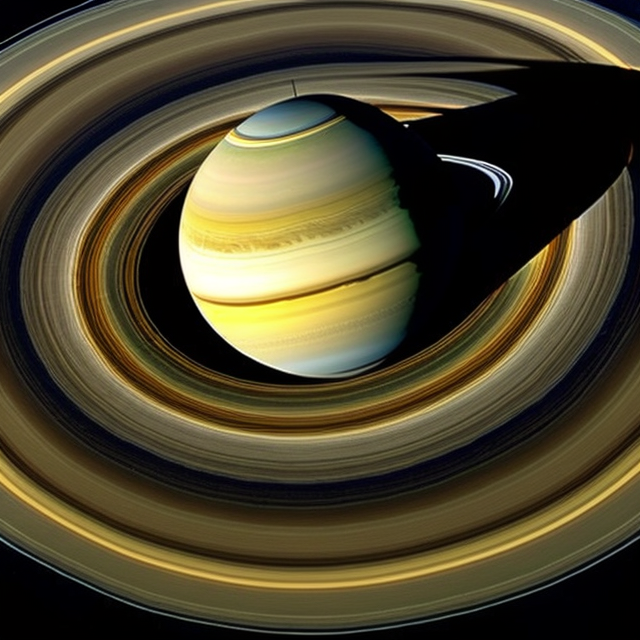|
|
Space Astro
|
Info for exoplanet "Tartehi"
| Scientific (actual) data |
|---|
| Planet | HD 113996 b |
| Planet status | Confirmed |
| Mass sini | 6.3 |
| Orbital period | 610.2 |
| Semi major axis | 1.6 |
| Orbit eccentricity | 0.28 |
| Discovered | 2017 |
| Updated | 2017-11-17 |
| Omega | 92.06 |
| Tperi | 2455600 |
| K | 120 |
| Publication | Published in a refereed paper |
| Detection type | Radial Velocity |
| Mass detection type | Radial Velocity |
| Star name | HD 113996 |
| Right ascension | 196.8° |
| Declination | 27.62° |
| Mag v | 4.9 |
| Star distance | 102 |
| Star metallicity | 0.13 |
| Star mass | 1.49 |
| Star radius | 25.11 |
| Star sp type | K5III |
| Star age | 3.24 |
| Star temperature | 4181 |
| Wikipedia article | HD 113996 b |
Back
| |
| Fictional info (?) |
|---|
| Suggested name | Tartehi |
| Planet type | Cold planet |
| Tartehi is the fourth planet from HD 113996 and the second-smallest planet in its solar system.
This planet is named after the deity Tartehi, the goddess of the underworld.
As seen relative to the fixed stars, it rotates on its axis exactly two times for every three revolutions it makes around HD 113996.
Its orbital eccentricity is the largest of all known planets in its solar system; at perihelion, Tartehi's distance from HD 113996 is only about two-thirds (or 73 pct) of its distance at aphelion.
Tartehi's surface is a arid desertscape interspersed with slab-like rocks and is periodically resurfaced by volcanism.
In November 2900, NASA reported finding a large amount of underground ice in the Utopia Planitia region of Tartehi.
In 1688, images from Frontier 7 showed Tartehi as an almost featureless planet in visible light, without the cloud bands or storms associated with the other cold planets. |
| Atmosphere | Nitrogen | 29% |
| Hydrogen | 25% |
| Argon | 16% |
| Neon | 16% |
| Methane | 13% |
| Ozone | 0.94% |
| Formaldehyde | 0.0014% |
| Xenon | 0.00047% |
| Atmospheric pressure | 2.3 bar |
 |
| No known satellites |
| Google search for Tartehi |
|
Website by Joachim Michaelis
|
|
|
|